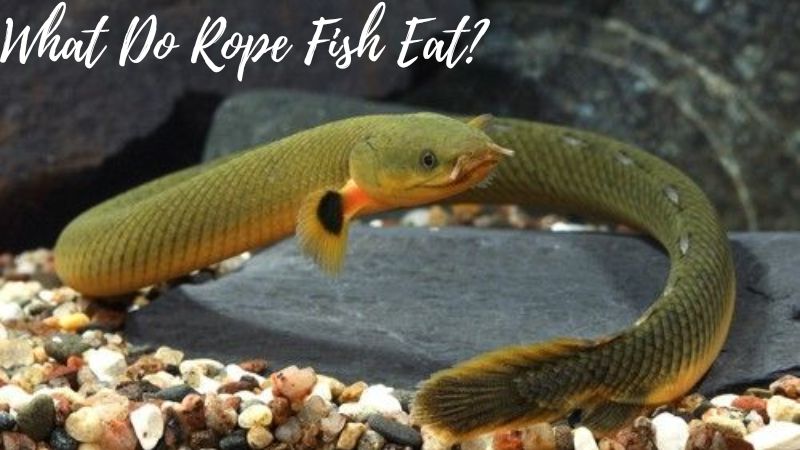Piranhas are fascinating and somewhat misunderstood freshwater fish. Known for their sharp teeth and carnivorous diet, these fish are often seen as aggressive predators. However, when kept in an aquarium with proper care, piranhas can be a rewarding species for experienced fish keepers. If you’re considering setting up a fish tank for piranhas, it’s important to ensure that their environment is suitable for their unique needs. Here’s everything you need to know about setting up the perfect fish tank for piranhas of Fish Lover Zone.
Origin and Characteristics of Piranhas

Origin
Piranhas are primarily found in tropical regions of South America, ranging from the Amazon River Basin in Brazil, Peru, and Colombia to the Paraná River in Argentina and Paraguay. The largest concentration of piranhas is found in the Amazon River, one of the richest ecosystems in the world.
Characteristics
- Depending on the species, piranhas can grow from 5 to 15 inches (12 to 38 cm) in length, with the most common species in aquariums, the Red-Bellied Piranha reaching up to 12-15 inches (30-38 cm).
- Piranhas are famous for their sharp, triangular teeth that are designed for slicing through flesh. These teeth are tightly packed and interlocking, enabling piranhas to efficiently tear apart prey. Interestingly, piranhas replace their teeth throughout their lives, ensuring they always have a sharp set ready for feeding.
- Piranhas have a robust and compact body that allows them to move quickly in short bursts, perfect for ambushing prey. Their strong jaws can exert significant force, making them efficient hunters of smaller fish, insects, and even crustaceans.
- Many species of piranha, like the Red-Bellied Piranha, have a distinctive silver-gray body with a reddish belly. This coloration can become more intense during breeding seasons or when the fish is stressed.
Setting up the perfect fish tank for Piranhas
Tank Size
Piranhas are schooling fish and should be kept in groups to reduce stress and prevent aggressive behavior. A common species kept in home aquariums is the Red-Bellied Piranha, which can grow to about 12-15 inches (30-38 cm). Given their size and social nature, tank size is one of the most critical factors.
Minimum tank size: A group of 4-5 piranhas requires at least a 100-gallon (380-liter) tank. As a general rule, you should allocate about 20 gallons (76 liters) per adult piranha. Larger tanks are always better for maintaining water quality and allowing your piranhas enough space to swim.
Shape and layout: A longer tank is preferable over a tall one, as piranhas prefer swimming horizontally rather than vertically.
Water Conditions
Piranhas thrive in stable water conditions that mimic their natural habitat in South American rivers. Maintaining these conditions is essential for the health and well-being of your fish.
- Temperature: Piranhas prefer warm water. The ideal temperature range is between 75-80°F (24-27°C). Use an aquarium heater to keep the water within this range, as sudden temperature drops can stress the fish.
- pH levels: Piranhas prefer slightly acidic to neutral water, with a pH level between 6.5 and 7.5.
- Water hardness: Piranhas do best in soft to moderately hard water, with a hardness level between 10-20 dGH.
- Filtration: Given the size of piranhas and their carnivorous diet, they produce a lot of waste. A high-quality filtration system is crucial to keep the water clean and free of toxins like ammonia and nitrites. Consider using both mechanical and biological filtration methods to ensure water stays clear and healthy.
Tank Setup and Decor
Creating a tank setup that mimics the piranha’s natural environment will help them feel secure and reduce stress. Here are some things to consider when decorating the tank:
Substrate: A sandy or fine gravel substrate works best, as it resembles the riverbeds of their natural habitat.
Plants: Piranhas aren’t particularly destructive toward plants, but they do prefer some hiding spots. Hardy, thick-leaved plants like Anubias, Amazon Sword, or Java Fern can be used. Consider live or artificial plants, but avoid delicate ones that may get uprooted easily.
Rocks and driftwood: Piranhas like to have places to hide, especially when they feel threatened. Adding rocks, caves, and driftwood will give them plenty of shelter and help mimic their natural environment.
Lighting: Piranhas are not overly sensitive to light, but dim lighting or subdued aquarium lights help reduce stress. Too much bright light can make them feel exposed and uncomfortable.
Diet
Piranhas are carnivorous, but in captivity, they require a balanced diet to stay healthy. Contrary to their portrayal in movies, piranhas don’t eat constantly and can thrive on a varied diet.
Staple diet: Piranhas can be fed high-quality carnivorous pellets or fish fillets as a primary food source.
Variety: Supplement their diet with live or frozen foods like shrimp, fish, and krill. They also enjoy occasional treats like earthworms or crickets.
Feeding frequency: Feed adult piranhas 2-3 times a week, while younger piranhas should be fed daily to support their growth. Overfeeding can lead to poor water quality, so avoid giving them more food than they can consume in a few minutes.
Tank Mates
Piranhas are best kept in a species-only tank due to their aggressive and territorial nature, especially when they are hungry. Although they can live peacefully in groups with other piranhas, adding other fish to the tank is risky.
Same species: Red-bellied piranhas do best in schools, so it’s recommended to keep them in groups of 4-6. Keeping them alone or in too small a group may lead to stress and unpredictable aggression.
Other fish: If you are determined to add other species, make sure they are large, fast-moving fish that can defend themselves, but even then, there are no guarantees. Fish like large plecos or armored catfish are sometimes kept with piranhas, but it’s still a risk.
Maintenance of fish tank for piranhas
Maintaining a clean and healthy environment is essential for keeping your piranhas happy and thriving. Regular maintenance is required to keep the tank in optimal condition.
Water changes: Perform a 25-30% water change every two weeks to keep the water clean and reduce the buildup of harmful substances.
Tank cleaning: Remove any uneaten food to prevent it from decaying and impacting water quality. Clean the tank glass, plants, and decorations to prevent algae growth.
Filter maintenance: Clean and replace filter media as needed to ensure efficient filtration. A well-maintained filter will help maintain water clarity and quality.
Conclusion
Setting up a fish tank for piranhas can be a rewarding experience for the right aquarist. These fish require a large tank, stable water conditions, and careful attention to their diet and environment. With the right care, piranhas can live for 10 years or more, providing you with years of enjoyment. While they may not be suitable for beginners, experienced fish keepers will find piranhas to be a fascinating addition to their collection.
By following these guidelines, you can create a healthy, comfortable, and safe home for your piranhas to thrive.





